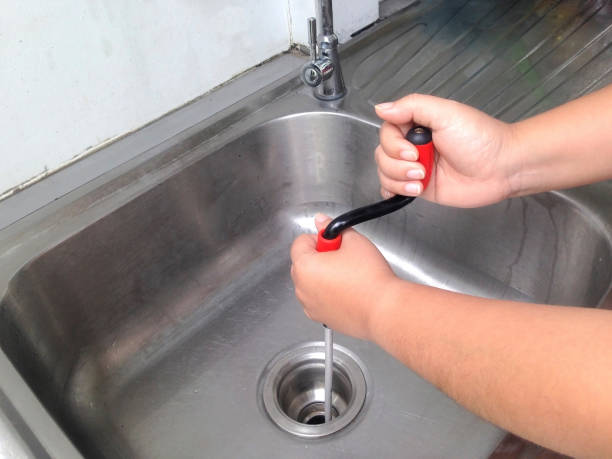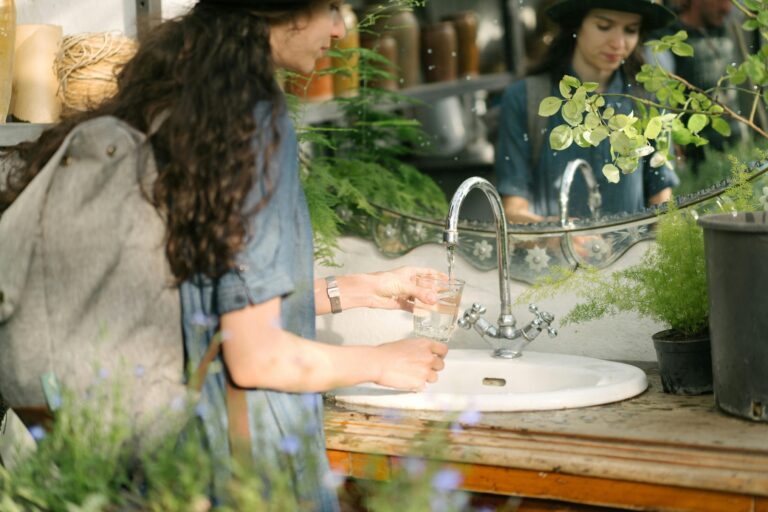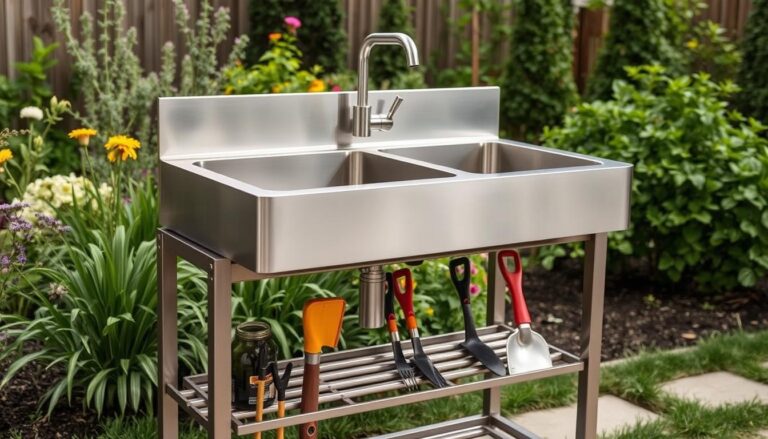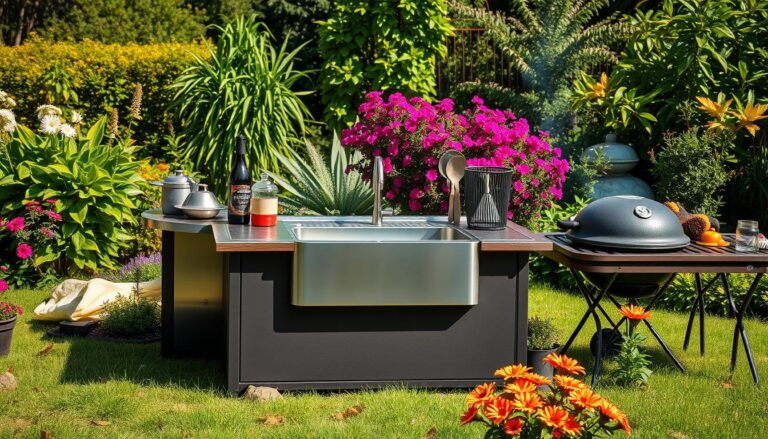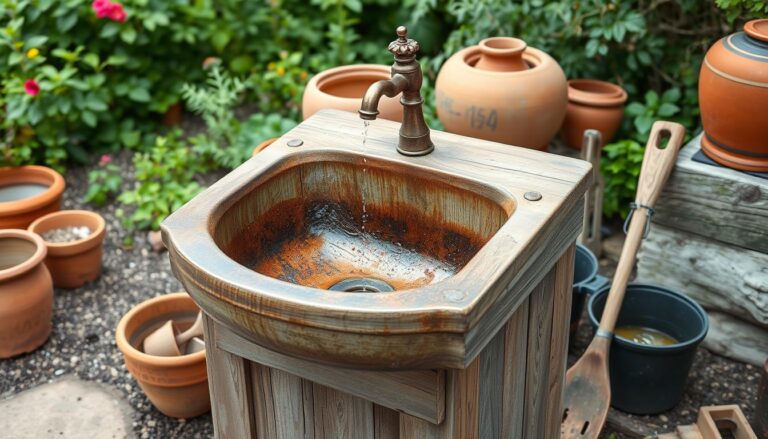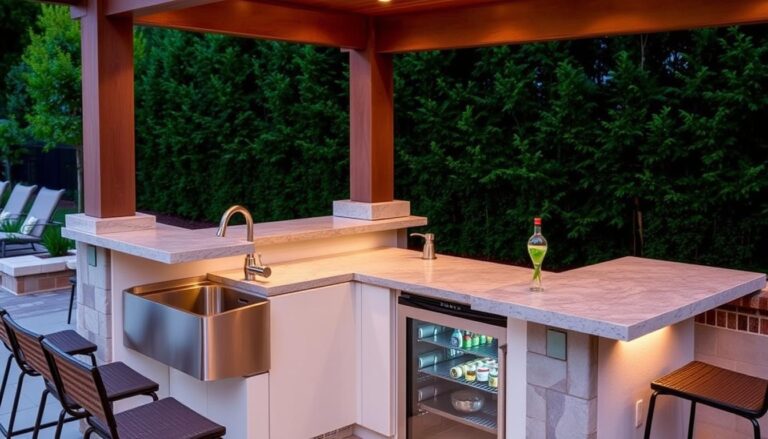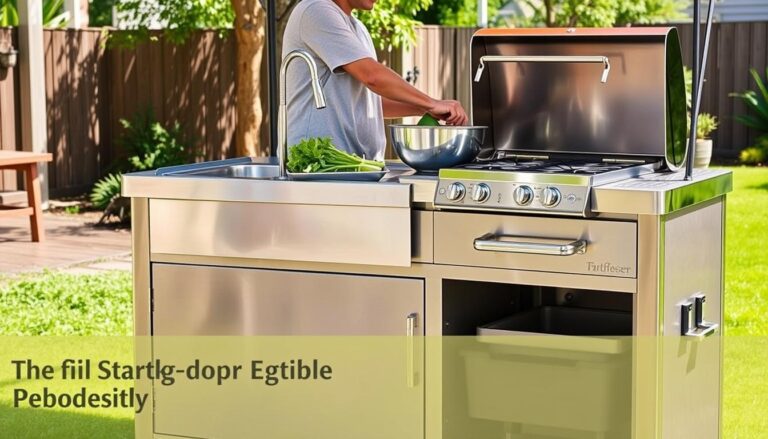How to Keep Your Outdoor Sink Clog-Free: 6 Easy ways
Introduction
A clogged outdoor sink can turn your relaxing backyard experience into a frustrating mess. Whether you’re rinsing garden tools, prepping food at your outdoor kitchen, or cleaning up after a barbecue, a slow or blocked drain can be a major hassle. Fortunately, keeping your outdoor sink clog-free doesn’t have to be difficult. In this guide, we’ll walk you through 6 simple, effective ways to prevent clogs, maintain proper drainage, and extend the life of your outdoor plumbing. From smart strainer tips to regular maintenance routines, these strategies will help you enjoy a hassle-free outdoor sink all year long.

In this guide, we’ll share proven tips to prevent clogs, the best cleaning methods, and smart design choices to ensure your outdoor sink stays functional and hassle-free. Whether you use it for gardening, outdoor cooking, or general cleanup, these strategies will help you avoid messy backups and costly plumbing issues. Let’s dive in!
Common Causes of Clogs in Outdoor Sinks
Outdoor sinks are exposed to more elements than indoor sinks, making them prone to clogs. Here are the most common culprits:
1. Food Scraps & Grease
Outdoor sinks often handle more food waste, especially in outdoor sink stations used for barbecues and cooking. Grease and oil can solidify in the pipes, leading to stubborn blockages.
2. Leaves, Dirt, & Debris
Unlike indoor sinks, outdoor sinks are exposed to natural elements like leaves, twigs, and dirt, which can accumulate in the drain and cause clogs.
3. Soap Scum & Hard Water Deposits
If your outdoor sink is frequently used for washing hands or dishes, soap residue and mineral buildup from hard water can restrict water flow over time.
4. Improper Drainage System
If your outdoor kitchen sink isn’t installed with proper drainage, stagnant water and slow drainage can contribute to frequent clogging.
Proactive Maintenance Tips to Prevent Clogs
Preventing clogs is easier than fixing them. Follow these maintenance tips to keep your outdoor sink station running smoothly.
1. Use a Sink Strainer
A sink strainer is an inexpensive yet effective tool to catch food particles, leaves, and debris before they enter the drain. Regularly clean the strainer to ensure unimpeded water flow.
2. Dispose of Grease Properly
Never pour grease, oil, or fat down your outdoor sink. Instead:
- Let the grease solidify and dispose of it in the trash.
Use a grease trap to catch oil before it reaches the pipes.
3. Flush the Drain Regularly
To prevent buildup, flush your outdoor kitchen sink drain weekly with hot water and a mixture of vinegar and baking soda. This helps break down grease and organic material.
4. Cover the Sink When Not in Use
To prevent leaves and debris from falling into your outdoor sink station, cover the sink with a fitted lid when not in use. This simple step can significantly reduce the chances of clogs.
5. Install a Proper Drainage System
Ensure your outdoor sink has an efficient drainage setup. If necessary:
- Use PVC pipes with the correct slope for optimal water flow.
- Consider connecting the drain to a dry well or a proper sewage system.
- If your area experiences freezing temperatures, install a frost-proof drain to prevent blockages.
6. Regularly Clean the Pipes
Every month, use a natural or enzymatic drain cleaner to break down accumulated grease and organic matter. Avoid harsh chemical cleaners, as they can damage pipes and harm the environment.
Quick DIY Fixes for a Clogged Outdoor Sink
If your outdoor sink is already clogged, try these easy solutions before calling a plumber.
1. Boiling Water Method
- Boil a kettle of water.
- Slowly pour it down the drain to dissolve grease and soap buildup.
- Repeat if necessary
2. Baking Soda & Vinegar Solution
- Pour 1/2 cup of baking soda down the drain.
- Follow with 1 cup of white vinegar.
- Follow with 1 cup of white vinegar.
3. Plunging the Sink
- Use a sink plunger to create suction and dislodge clogs.
- Plunge several times before checking if the water drains properly.
4. Using a Plumbing Snake
- Insert a plumbing snake into the drain.
- Rotate and push it down to break apart blockages.
- Pull out any debris stuck inside.
If these methods don’t work, the clog may be deeper in the pipes, requiring professional assistance.
Best Outdoor Sink Maintenance Routine
To keep your outdoor kitchen sink in top condition, follow this routine:
- Daily
- Wipe down the sink after use.
- Remove any visible debris from the drain.
- Weekly
- Flush the drain with hot water.
- Clean the sink strainer.
- Monthly
- Use baking soda and vinegar to maintain clean pipes
- Inspect for slow drainage and address minor clogs.
- seasonally
- Check for leaks or drainage issues.
- Before winter, drain pipes if necessary to prevent freezing.
Conclusion
Keeping your outdoor sink clog-free doesn’t have to be a hassle. By following these preventative maintenance tips, using proper disposal methods, and performing regular cleaning, you can ensure your outdoor sink station remains functional and free of blockages.
If you found this guide helpful, share it with friends and family who love their outdoor kitchen sinks. Have additional tips? Drop them in the comments below!

